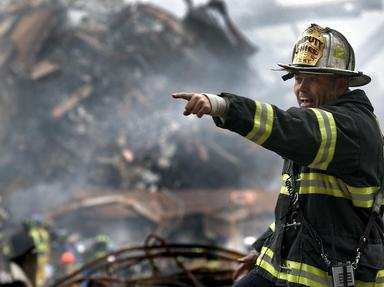Quiz Answer Key and Fun Facts
1. In June 1812, the Grand Armee was assembled by Napoleon Bonaparte and consisted of over 610,000 men to cross the European continent and invade what country?
2. During the Crimean War, the 93rd Highland Regiment performed what military action on October 25, 1854, which was a success but was succeeded by the failing "Charge Of The Light Brigade"?
3. In 1858, the city of London, England, became known for an event called "The Great Stink". One major cause of the event was improper sewage disposal. Which chief engineer came up with a master plan in 1859 to help "relieve" the city of its sewer issues?
4. Opening as early as 1834, what system became popularized during the prime ministership of Sir John A. MacDonald in Canada and officially ran until 1996 in an attempt to assimilate the Aboriginal population?
5. In 1871, exceptionally extreme summer weather conditions contributed to what event that almost destroyed the entire city of Chicago, USA?
6. What telecommunications company actually declined an offer to take on Alexander Graham Bell's patent for the telephone in 1878?
7. In 1883, over 36,000 people were estimated to have been killed during the Krakatoa eruption in what colony that is now known as Indonesia?
8. In 1890, which spiritual leader was arrested for failing to stop the "Ghost Dance", triggering a chain of events that led to the "Battle of Wounded Knee"?
9. On March 25, 1911, the upper floors of the Asch Building in New York City caught fire, contributing to the deaths of over 140 people and forced U.S. policy makers to change the face of worker safety. What industry occupied those upper floors?
10. Millvina Dean was the last survivor of which major disaster that took place on April 15, 1912?
Source: Author
apathy100
This quiz was reviewed by FunTrivia editor
trident before going online.
Any errors found in FunTrivia content are routinely corrected through our feedback system.
